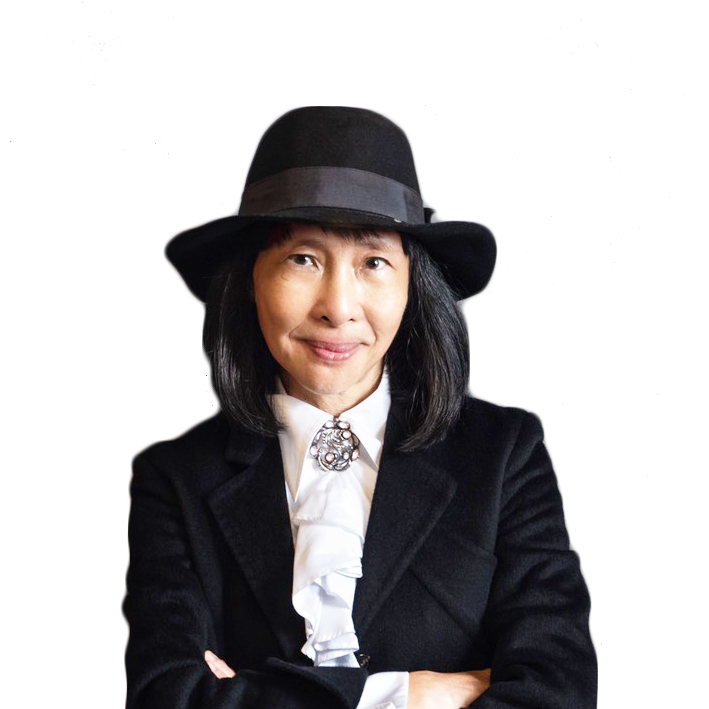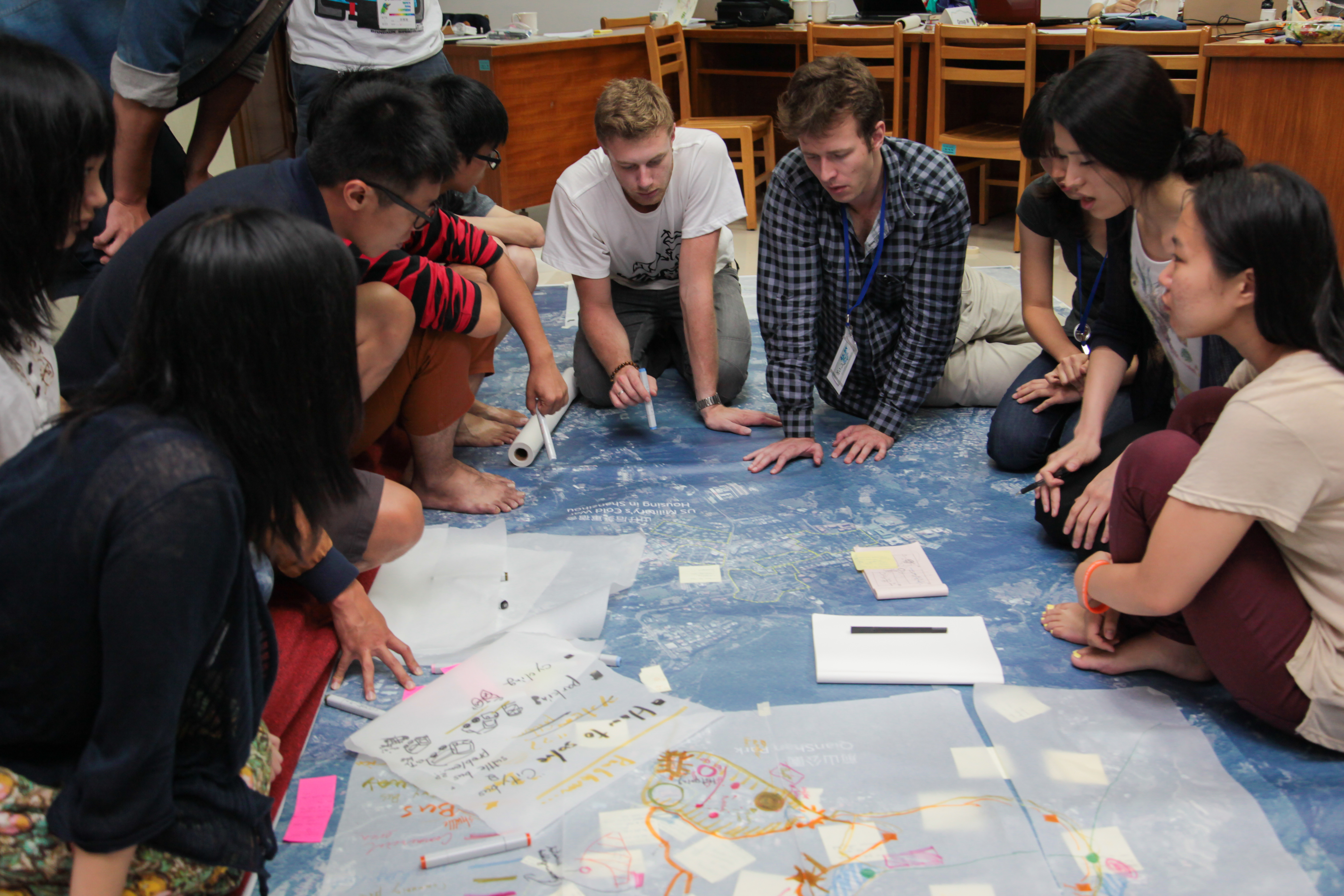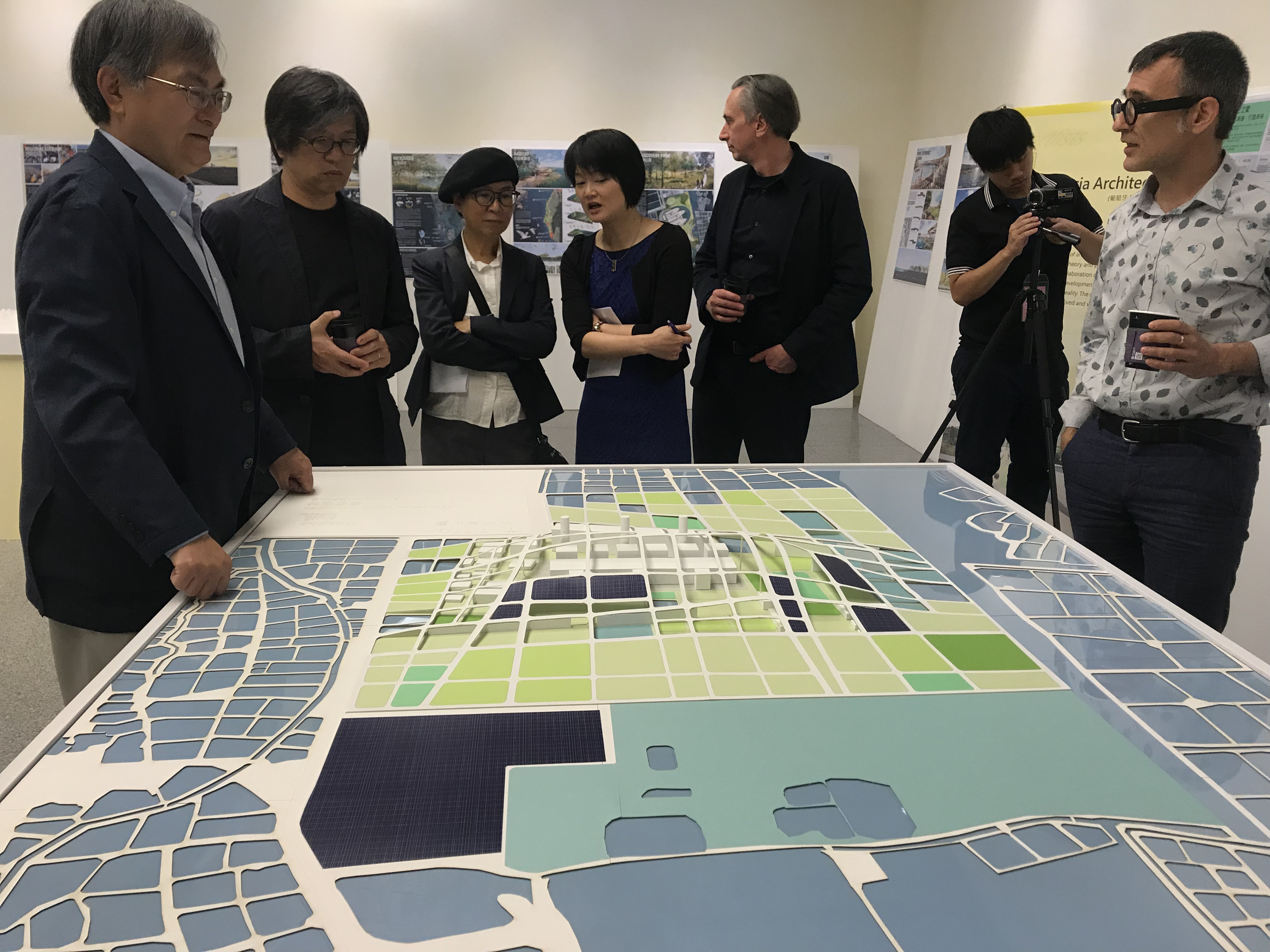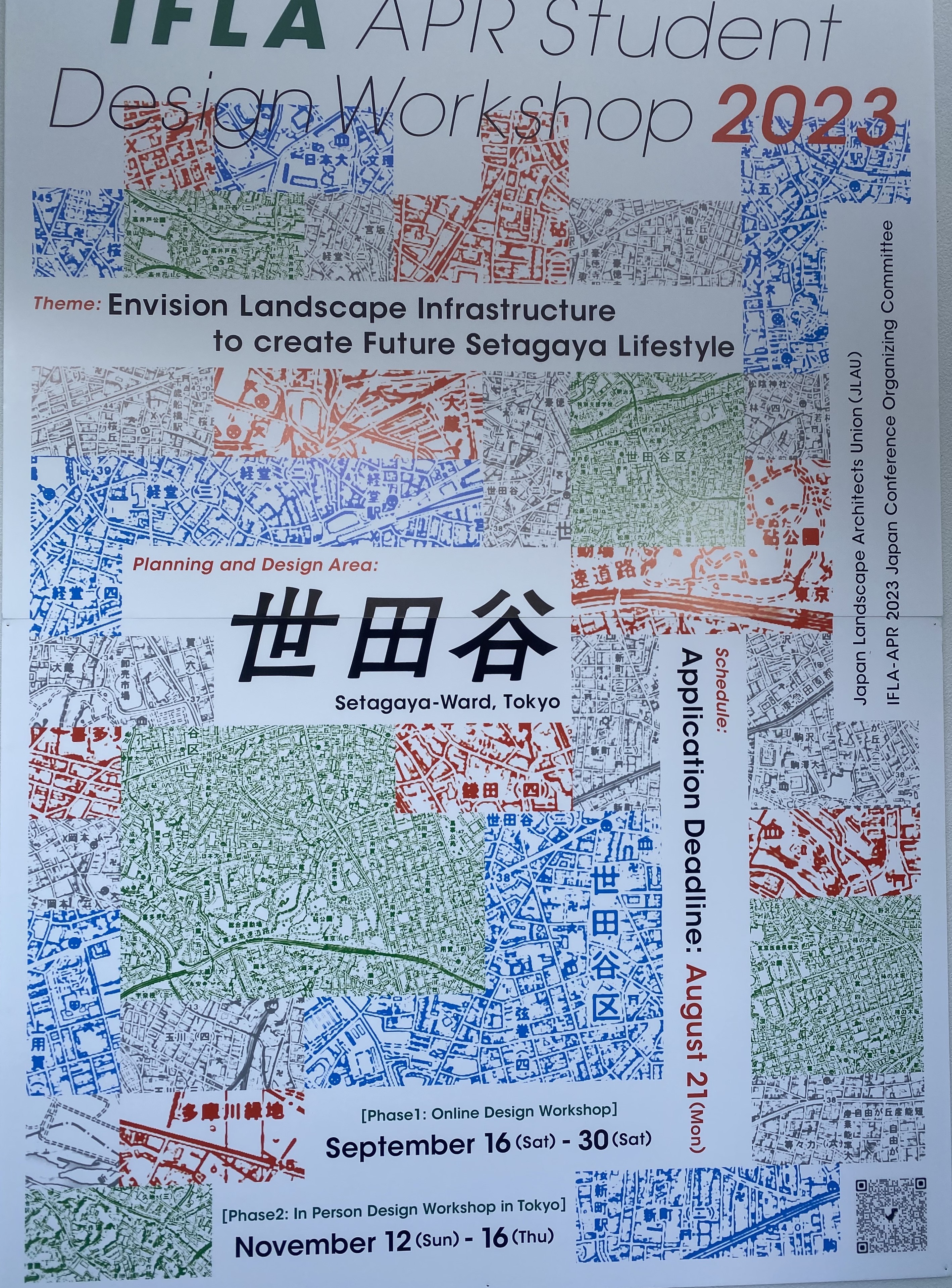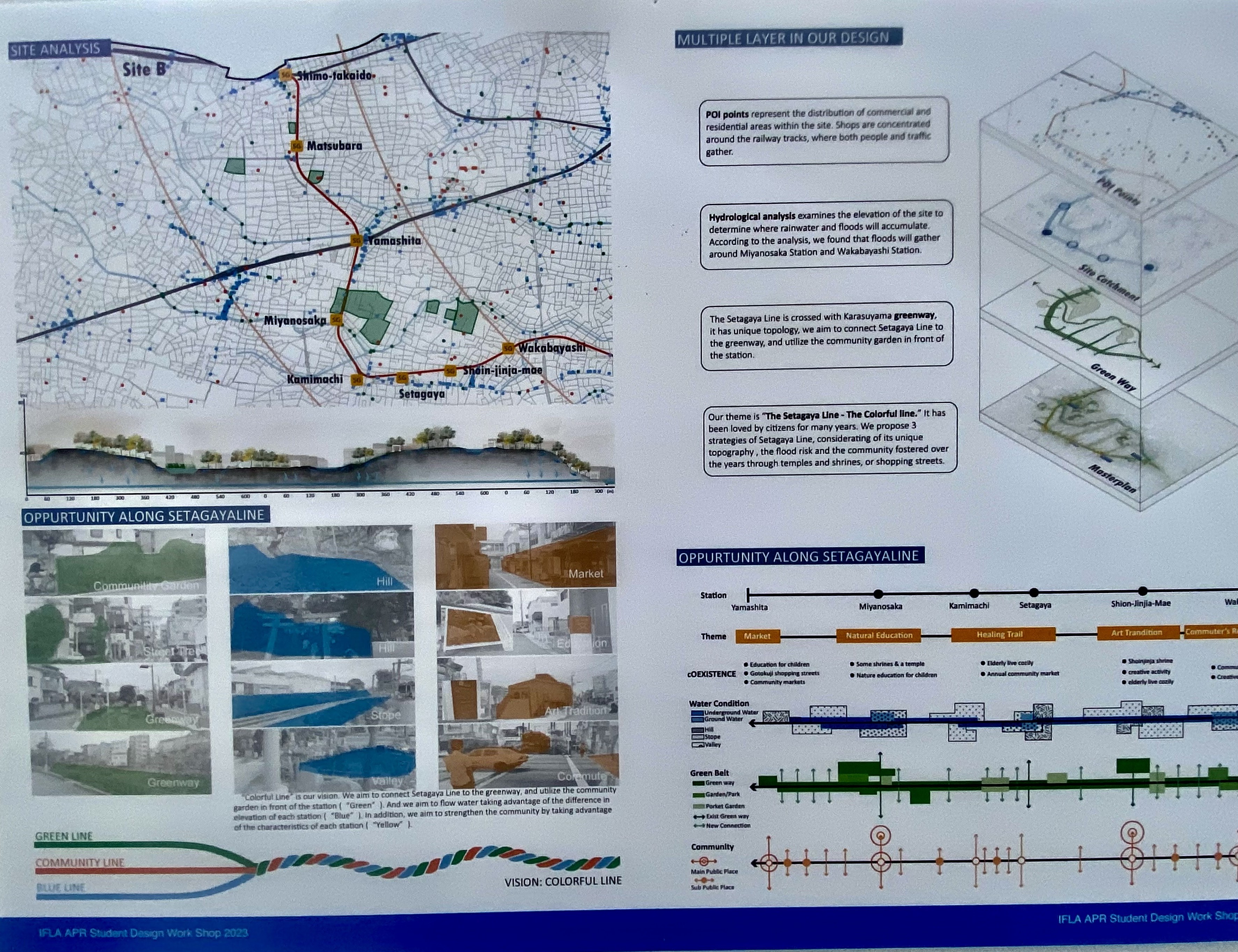Since the industrialization, internationalization, and connection and catching-up with the western world during the Japanese colonial period, the profession of “design” has had more than a century of development in Taiwan. According to traditional construction or engineering development norms, “design” was not categorized as mainstream or core value; this is primarily a result of historical conventions and implicit agreements passed down from the past. After the Fine Art Exhibition mechanism was introduced from the West during the Japanese colonial period, many people interested in fine art, general art, etc. began to engage in related activities, and learn skills from the masters. Affected by positive trends that encouraged art-lovers to strive for honors, a fashion was formed; many women artists with aesthetics and arts potential were cultivated.
As viewed from the perspective of traditional Chinese culture, “design” was a trivial, insignificant skill. With the feudalistic system, there existed many pre-set “rules and standards” for each social class’s food, clothing, housing, transport, education, and leisure activities. This included dimensions, overall scale, colors, materials, etc., and specially architectural styles and interior fittings (including all kinds of everyday-living-related interior design, item placement, decoration, accessories, décor, etc.). In other words, given these cultural backgrounds, there was no such thing as a “designer”. There were only different levels of artisans and crafters who followed systematic rules/standards to create “physical works”. And these have continued to influence the living quality, spatial characteristics, and cultural literacy of ethnically Chinese people to this day.
However, industrialization triggered rapid urban and rural development, making it necessary to strike a balance between tradition and modern technology. To put it another way, the profession of “design” itself has its cultural, geographic, and historic development context; it did not fall down from the sky ex nihilo. From a global viewpoint, international design competitions encourage students and artists to participate in international competitions, where participants exchange ideas with and get inspiration from each other. This improves the meanings and practical nurturing for “design”, opens aesthetic perceptions and qualities, and creates associated economic benefits. These should be the core values of contemporary Design Competitions.
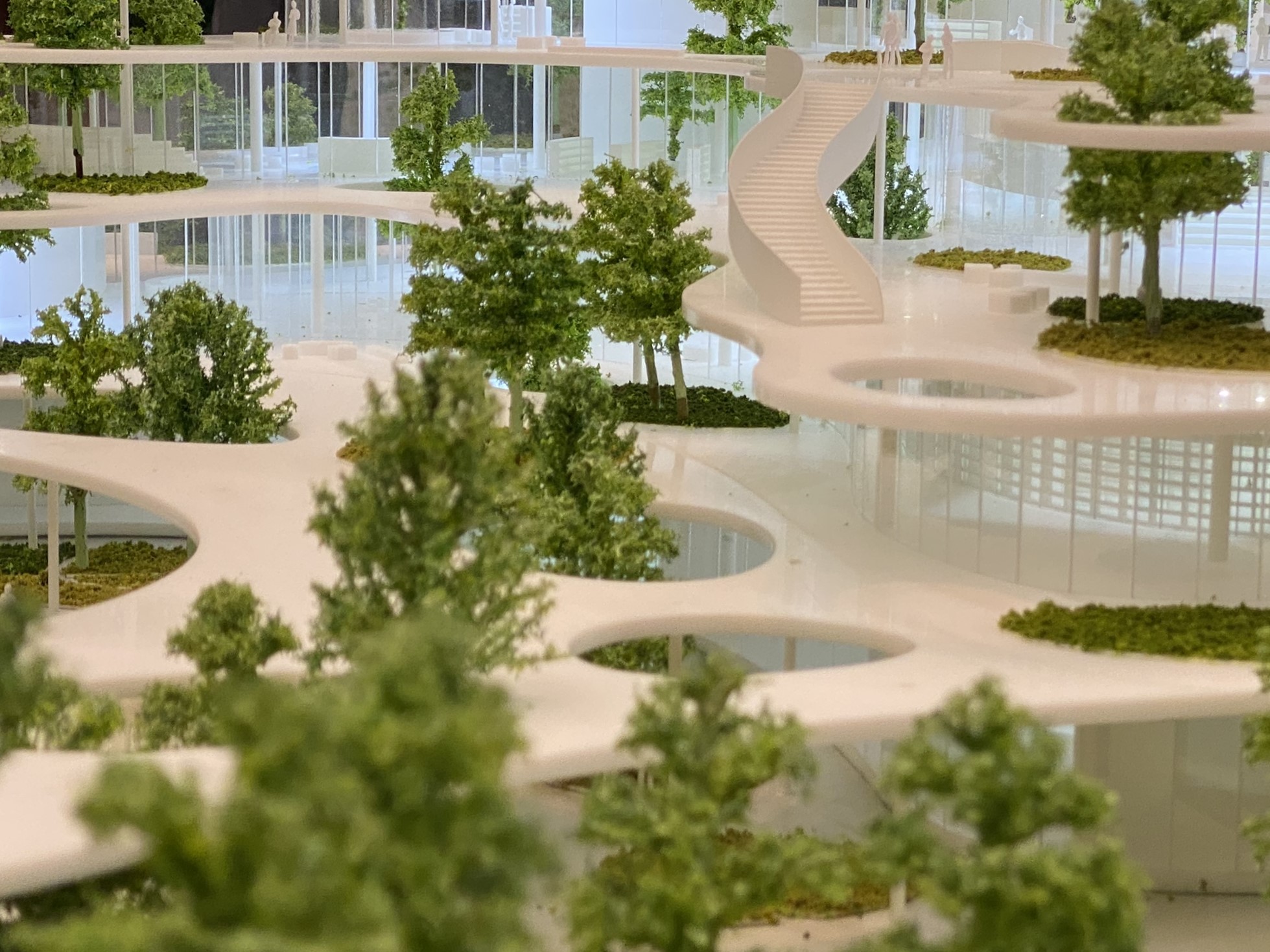 Organizations in Taiwan often hold international design competitions. However, many of the competitions have been suspended, or agreements terminated, due to certain political factors. This deserves deep contemplation by domestic design professionals.
Organizations in Taiwan often hold international design competitions. However, many of the competitions have been suspended, or agreements terminated, due to certain political factors. This deserves deep contemplation by domestic design professionals.
There now exist numerous design-related competitions and exhibitions around the globe, ranging from small daily events to large public facilities and urban/rural construction projects. In this context, the role of the designer has transitioned from that of an inheritor of tradition, to a provider of design that meets modern society’s needs – needs that it can’t just be easy to use and look nice, but that it comply with the world’s latest 2050 net-zero carbon emissions standards. Thus, a “competition”, by its essence, plays a role as a leading pioneer, exploring possibilities in the most forward-thinking issues. Incorporating elements such as “low carbon”, “low impact”, and “low load” into design can result in upgrading, circulation, and renewability for production process and material uses. It can also manifest local cultural and humanistic characteristics. In this way, a completely new vision for Design Competitions can be formed – a vision with both extreme challenges, and heavy responsibilities to bear.
Based on this perspective, a broader spectrum can easily be formed for international design competitions. They should span traditionally-defined industrial product design; intangible public spatial design; infrastructure design; and diverse solutions, all in response to global climate change, pandemic outbreaks, natural disasters, societal/human rights, housing justice, etc. That is why, based on my professional and participatory experiences, when I have the opportunity and ability to assist young designers to join international design competitions, I set no limits on the possibilities. I particularly encourage young designers to participate in competitions with broader spectrums and diverse influences. This also implies that design teams need multi-disciplinary, multi-disciplinary and diversified integration abilities.
The points listed below should be considered when designers are faced with current global environmental change issues:
Opening and elevating teachers’/students’ views
Many competitions organized in Taiwan are still focused on traditional graphic or industrial design, for which detailed SOPs have been established and handed down from the past. However, as indicated in the process of global design development, the materials used for design works are rapidly changing, and the product value to be achieved is not only limited to visual pleasantness, but also responsibility for the planet’s resources. Therefore, design themes should be further broadened to incorporate Futurity into design. In fact, with the rapid pace of global change, the “future” can be tomorrow, or today, or even this very moment.
Encouraging joint participation by students in different specializations, departments, and even ages
Design is a very special combination of creativity. The final result of a design should not be just a “dead” object exhibited in a museum or gallery. The work should be able to be industrially produced, and should be able to solve issues or meet needs that it is designed for. In addition to the improvement of overall aesthetic presentation, design should also provide multi-disciplinary services for non-traditional or atypical elite-type design works. For example, to achieve the goal of plastic reduction, we should use reed stalks or other degradable plant-based materials to make straws. Therefore, designers should collaborate with professionals in ecology and biology to find solutions for all supply and demand conditions; the solutions may be low-cost ones, and may be achievable via low-level technology.
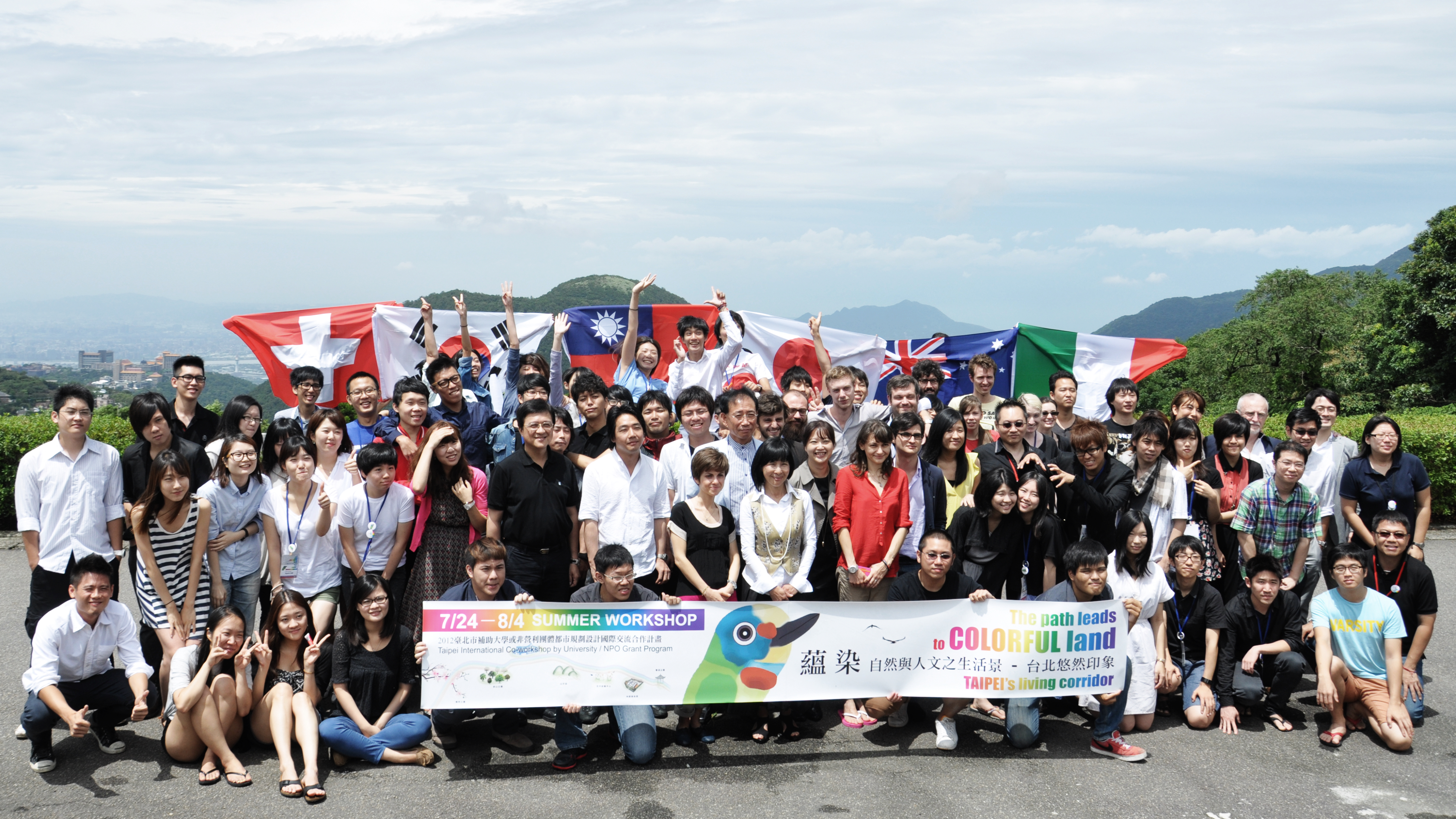 Transnational and multi-disciplinary international workshops are in fact more meaningful and effective for international cultrual exchange than Paper-based Design Competitions.
Transnational and multi-disciplinary international workshops are in fact more meaningful and effective for international cultrual exchange than Paper-based Design Competitions.
A design course can be about a “program”, not just a “department”
Taking the specialization of landscape design as an example, such design requires a basis in both natural (ecological) science and social (humanistic) science; and it has to incorporate engineering technology and artistic aesthetics for the final work to help users or consumers experience “pleasantness” and a “sense of reality”. To achieve this goal, schools should introduce more sources of inspiration into their curriculum design, and no be limited to just “design techniques”. History, literature, music, dance, ecology, geography, etc. are all essential sources of inspiration, specially ecology and environmental aesthetics. It is necessary to open up design learners’ senses and nourish them with real contents for the physical and chemical effects of design to be generated through communication and inclusion to achieve Meaningful works.
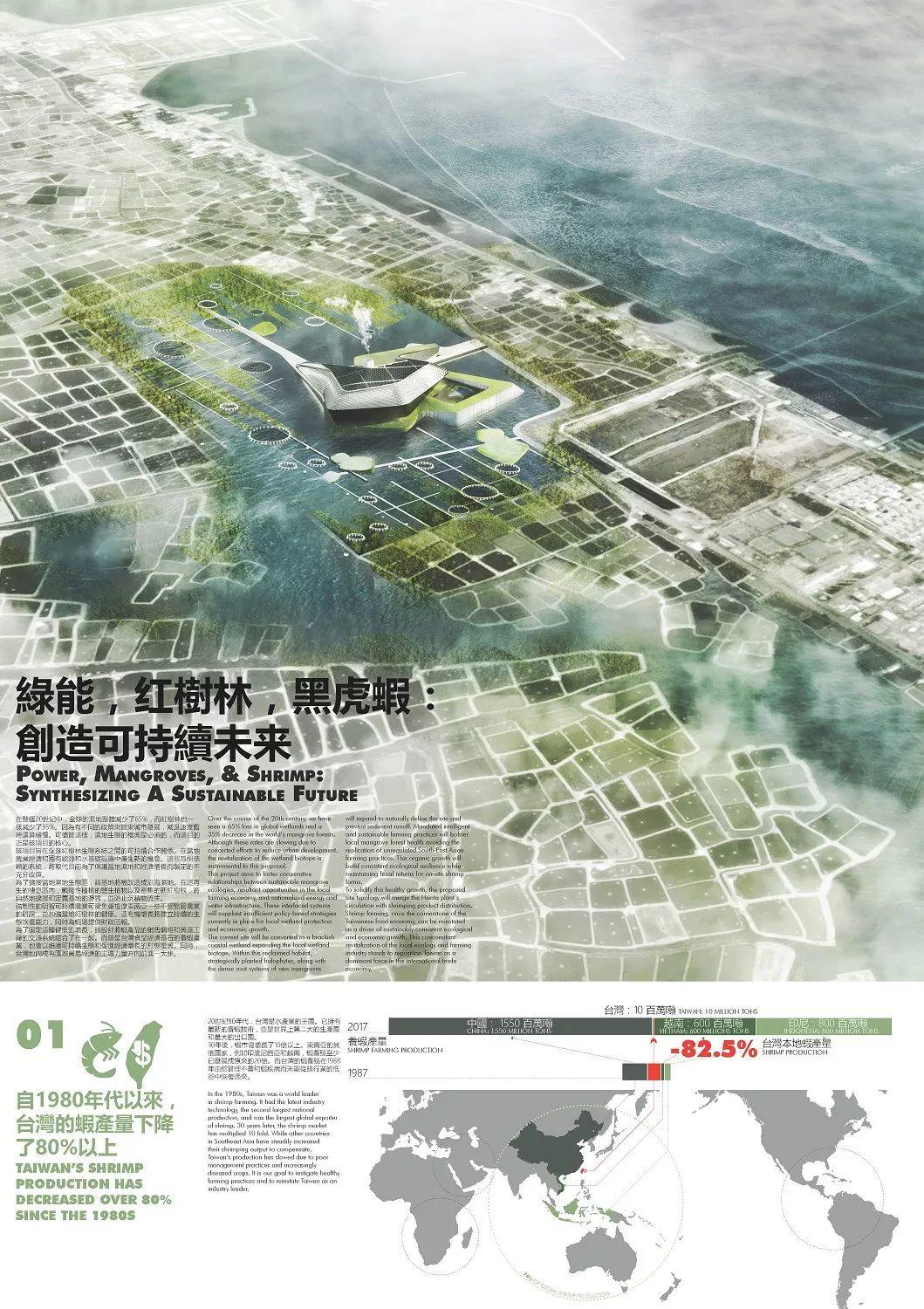 Specialized multi-disciplinary, interdepartmental participation should be a new trend and indicator for design teaching in the future.
Specialized multi-disciplinary, interdepartmental participation should be a new trend and indicator for design teaching in the future.
Industry-academia collaboration and international exchange are essential to cultivate designers
Participation in Competitions is only one process for student cultivation, not an end goal. The inspirations that can truly help designers continuously and voluntarily enhance their own quality and enrich their inner selves come from participation in in-person domestic/international workshops. Only when designers comprehensively experience varied external, humanistic, geographic conditions can meaningful, unique design works be induced.
The principle of “Form follows function” is classical thinking only; it is not supported by meaningful contents. External forms cannot meet people’s needs and bring wellbeing to humanity. This fact should be particularly emphasized when passing on experience to design learners.
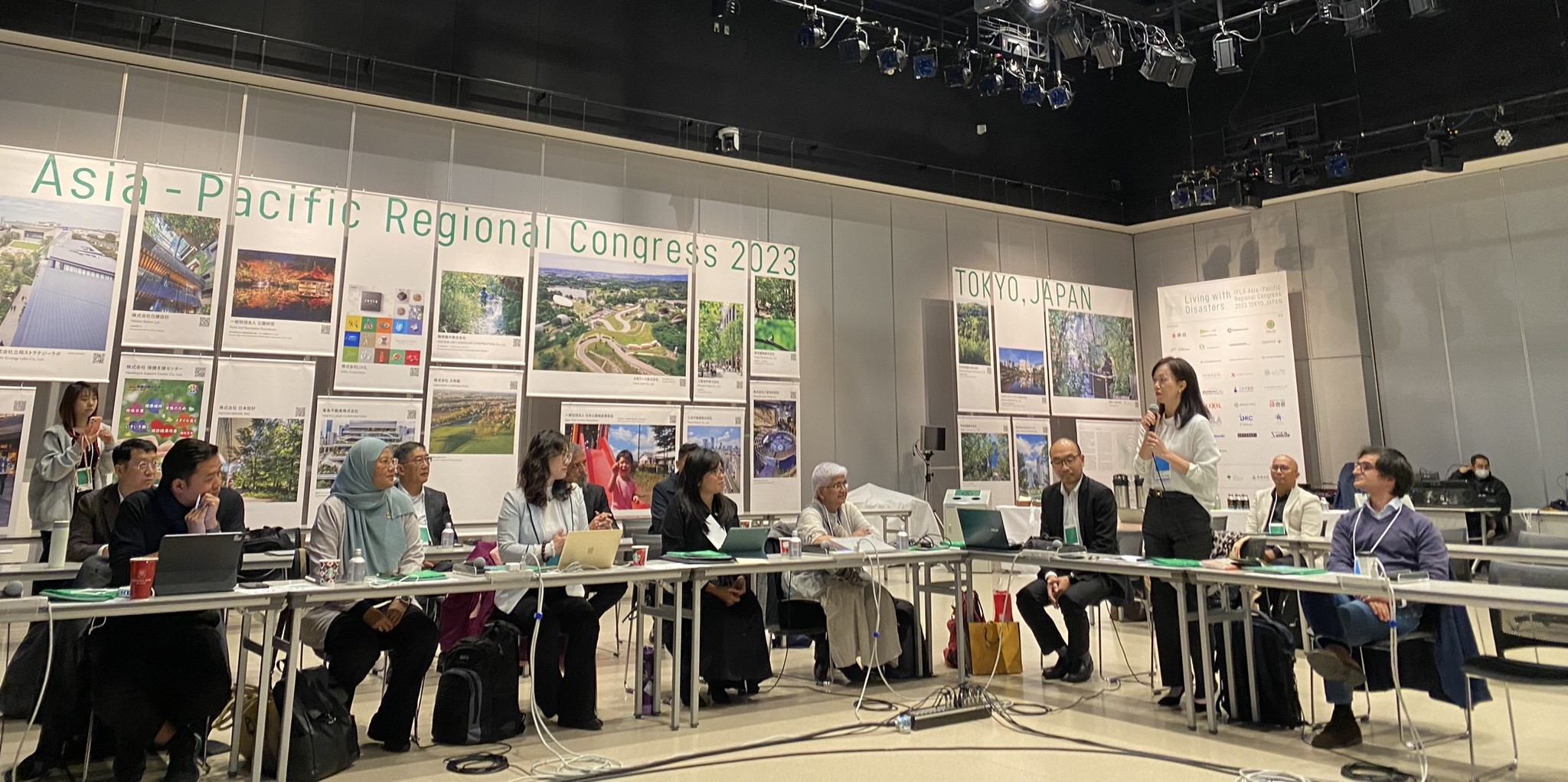 Through the participation in student design competitions hosted by international academic/professional organizations, students can, without focusing on winning prizes, benefit from expanded international exchange.
Through the participation in student design competitions hosted by international academic/professional organizations, students can, without focusing on winning prizes, benefit from expanded international exchange.
On-campus emphasis should be on Joint Studio
In addition to collaboration and exchange taking place within a single college, opportunities should also be made available for students of different colleges who are interested in design. Students from departments of electrical engineering, chemical engineering, textile engineering, agricultural engineering, etc. have their own fundamental training, and possess unique aesthetic senses based on their specialized knowledge. Since the needs of today’s society are not growing in a linear way, through the Joint Studio, inter-college and interdepartmental communication and exchange can be facilitated. Students can then be benefited, and faculty members’ narrow thinking can be opened up. This is not an easy task, but it is one we should begin. The College of Environmental Design at Chinese Culture University established an architecture/urban planning/landscape Joint Studio, from which students and faculty members all obtained much knowledge, experience and inspiration.
Judging panels need to think bigger and have broader minds
As a member of a Judging Panel, one should have a broader mind, knowledge spectrum, and views. For example, we learned a lot from developing countries when serving as judges for the International Carbon-reduction Product Design Competition hosted by the National Geographic Society. Although the design works, which were created with limited resources and funds under unfavorable living conditions, did not look fancy, they still fully demonstrated local humanistic and cultural essences. They also demonstrated a firm sense of responsibility to solve problems and improve people’s lives. These works were really touching and impressive. That is to say, as an international judging panel member, one should not have a sense of superiority built based on the culture and technology level of one’s own country. Instead, one should humble oneself and learn from traditional wisdom.
Similarly, judges invited for Taiwan’s international design competitions are not necessarily limited to “famous experts”. This is because many geographical or climate characteristics are in fact not able to be judged and recognized within a short period of time. This paradox can be observed in many of Taiwan’s international design competition works where many advantages as well as disadvantages were contained.
Accepting and respecting each culture is an essential aspect of professional ethics, and a responsibility that an international judging panel member must fulfill, to avoid misleading young students’ objective understanding of the thinking and practice ability required for “design”.
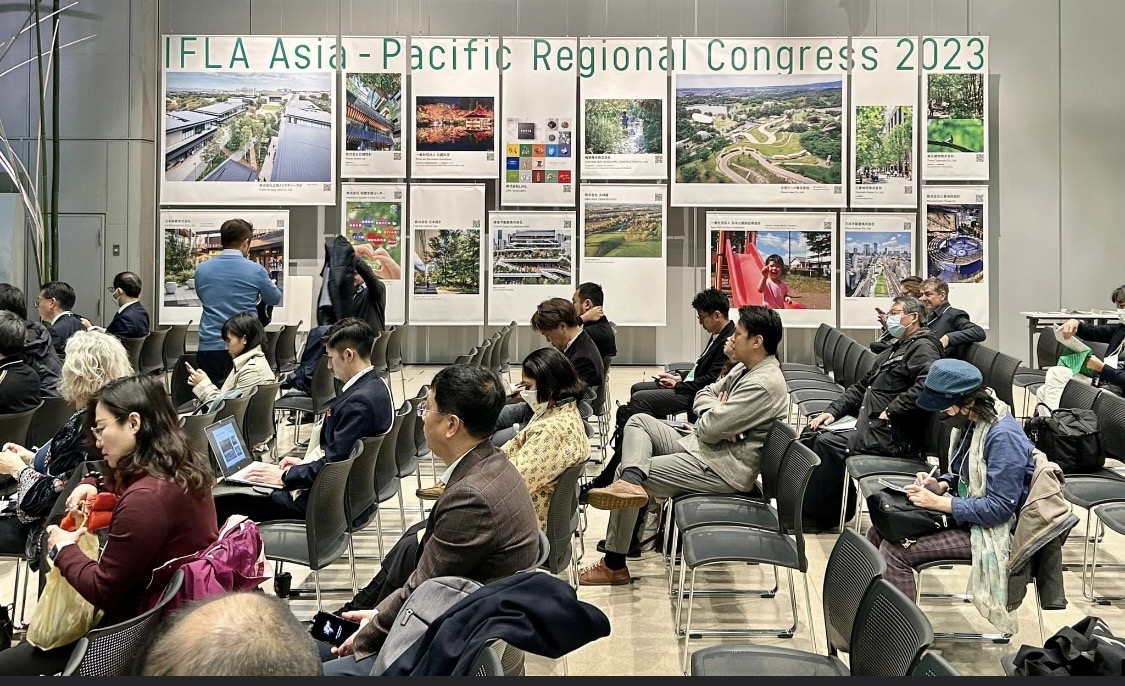 International design competitions also require the participation of Judging Panel Members who are objective, possess macro views, and are aware of ethnic and cultural justice.
International design competitions also require the participation of Judging Panel Members who are objective, possess macro views, and are aware of ethnic and cultural justice.

